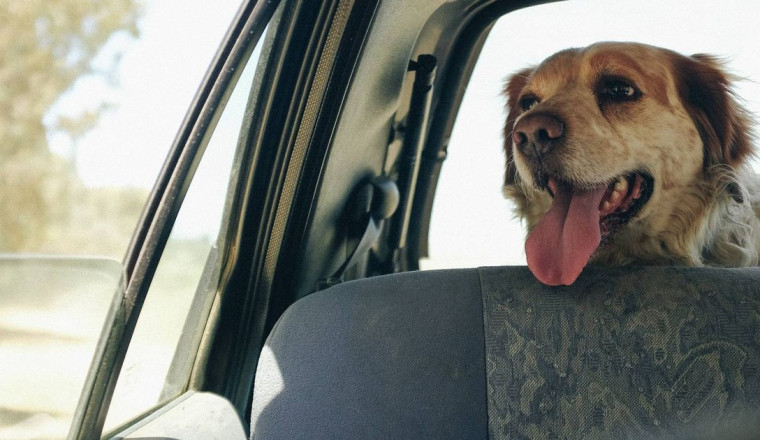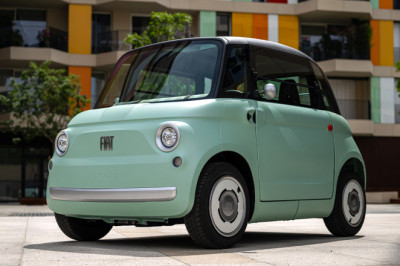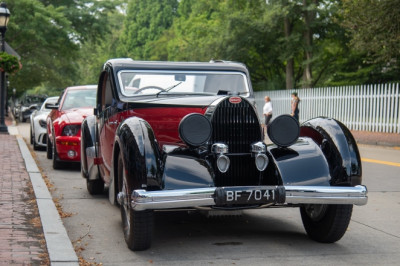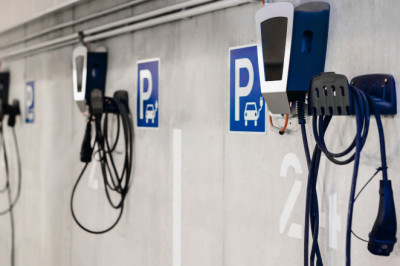
Dog owners might think it's harmless to let their furry friend roam free in the back of the car while driving, but a little-known rule could land them with a hefty fine of up to £5,000.
Your canine companion must be properly restrained at all times, and not securing your dog is seen as a grave safety hazard. This is because an unrestrained dog can cause major distractions for the driver, which is highlighted by the Highway Code.
Rule 57 of the Highway Code states: "When in a vehicle, make sure dogs or other animals are suitably restrained so they cannot distract you while you are driving or injure you, or themselves, if you stop quickly". The code also states that "a seat belt harness, pet carrier, dog cage or dog guard are ways of restraining animals in cars." It comes after news anyone buying fuel next week given '£15 charge' warning by The AA.
The exact penalties for ignoring this rule are somewhat vague, but drivers could face charges of "driving without proper control," reports Birmingham Live.
Offenders typically receive a £1,000 fine and three penalty points on their licence for this offence. Yet, there's also the potential to be charged with careless driving or driving without due care and attention - the maximum fine for careless driving can reach a staggering £5,000.
Discussing how motorists can safely transport their pets, Go Compare suggests the best method is to place them securely in the boot or, for smaller dogs, in a cage or crate.
However, larger dogs may require more specific restraints. They advise: "A harness or specially designed seatbelt is best for dogs. These usually clip into existing seatbelt fixtures and safely restrain your pet across their body, protecting them from injury in the event of an accident".
"Make sure there is enough slack in the belt for your pet to get comfortable, but not so much that they can roam around."
Seat belt harness can attach to your pet's collar or harness, clipping into the car's seatbelt lock.
Pet carriers or dog cages can be strapped securely with a seatbelt.
Dog guards are helpful when wanting to separate the boot compartment from the passenger seat area, especially for larger dogs.
Crates are preferable for crate-trained pets, creating a safe and familiar space.














